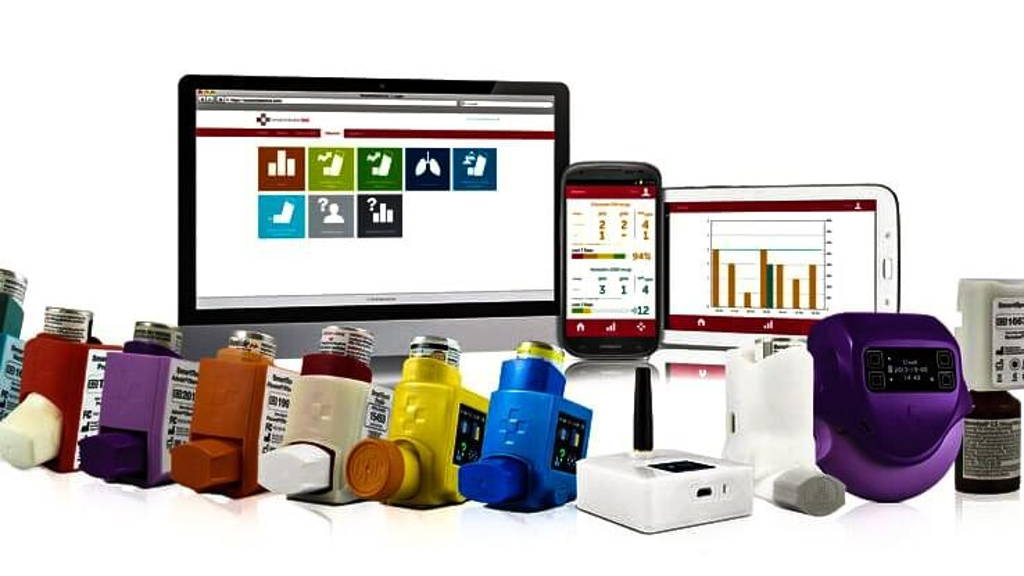“This study provides good evidence that adherence monitoring with feedback can significantly improve clinical outcomes when used in the management of children with poorly controlled asthma,” according to lead investigator Dr. Robert Morton. “The benefits of the intervention were sustained over a prolonged period of time, and we have shown that this approach can be effectively administered in a clinically practical way. We would recommend this approach to be integrated into the standard care of children with poorly controlled asthma.”
There were 90 children recruited for the study, and 77 completed it. 39 children were given usual care and 38 used the Smartinhaler and received medication reminders, as well as feedback based on adherence data from the device during their doctor visits.
Adherence in the control group averaged 70 percent, compared to 49 percent in the experiment group, and generally those rates held up over the full 12 months of the study. In addition, patients in the experiment group had fewer exacerbations of their asthma. The control group used 53 percent more oral steroids (a proxy for exacerbations) and was hospitalized at a rate five times greater than the experiment group.
675 adults will be recruited to investigate the safety and efficacy of three different treatment regimens for mild asthma. The first medication regimen uses a combination of inhaled corticosteroid (ICS) and long acting beta agonist (LABA), as needed. The second just uses short acting beta agonist (SABA) as needed. And the last regimen includes regular use of ICS and SABA as needed.
77 completed the study
The device sends data on when medication was taken to mobile devices and desktop computers via Bluetooth. The platform is designed to help patients, caregivers, and physicians remotely monitor and manage patients’ adherence to their medication. The devices have both a CE Mark and FDA 510(k) clearance.There were 90 children recruited for the study, and 77 completed it. 39 children were given usual care and 38 used the Smartinhaler and received medication reminders, as well as feedback based on adherence data from the device during their doctor visits.
Adherence in the control group averaged 70 percent, compared to 49 percent in the experiment group, and generally those rates held up over the full 12 months of the study. In addition, patients in the experiment group had fewer exacerbations of their asthma. The control group used 53 percent more oral steroids (a proxy for exacerbations) and was hospitalized at a rate five times greater than the experiment group.
More research
The Medical Research Institute of New Zealand (MRINZ) announced plans last February to launch a multi-country clinical study, called Novel START, using Adherium’s connected inhalers. In addition to New Zealand, where Adherium is based, other study sites will be in Australia, the United Kingdom, and Italy.675 adults will be recruited to investigate the safety and efficacy of three different treatment regimens for mild asthma. The first medication regimen uses a combination of inhaled corticosteroid (ICS) and long acting beta agonist (LABA), as needed. The second just uses short acting beta agonist (SABA) as needed. And the last regimen includes regular use of ICS and SABA as needed.








